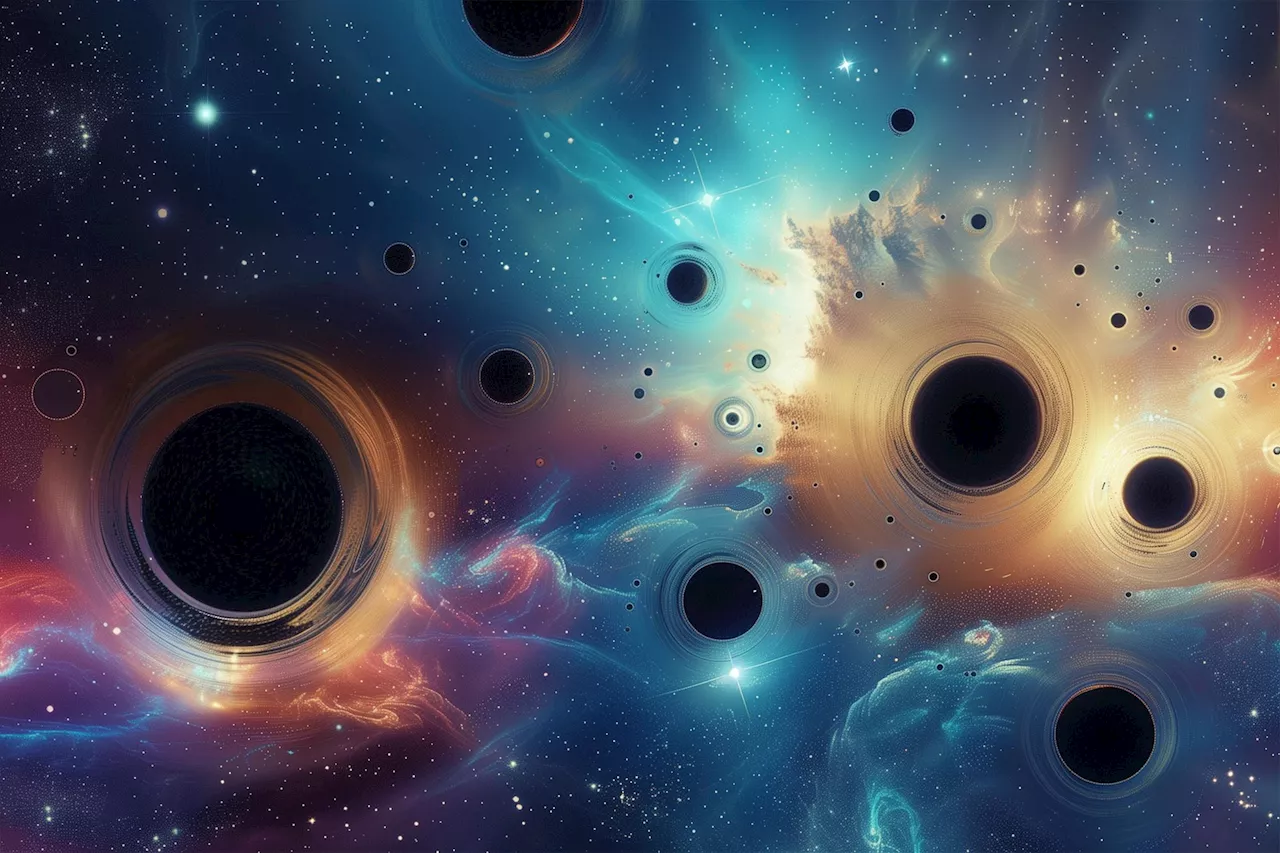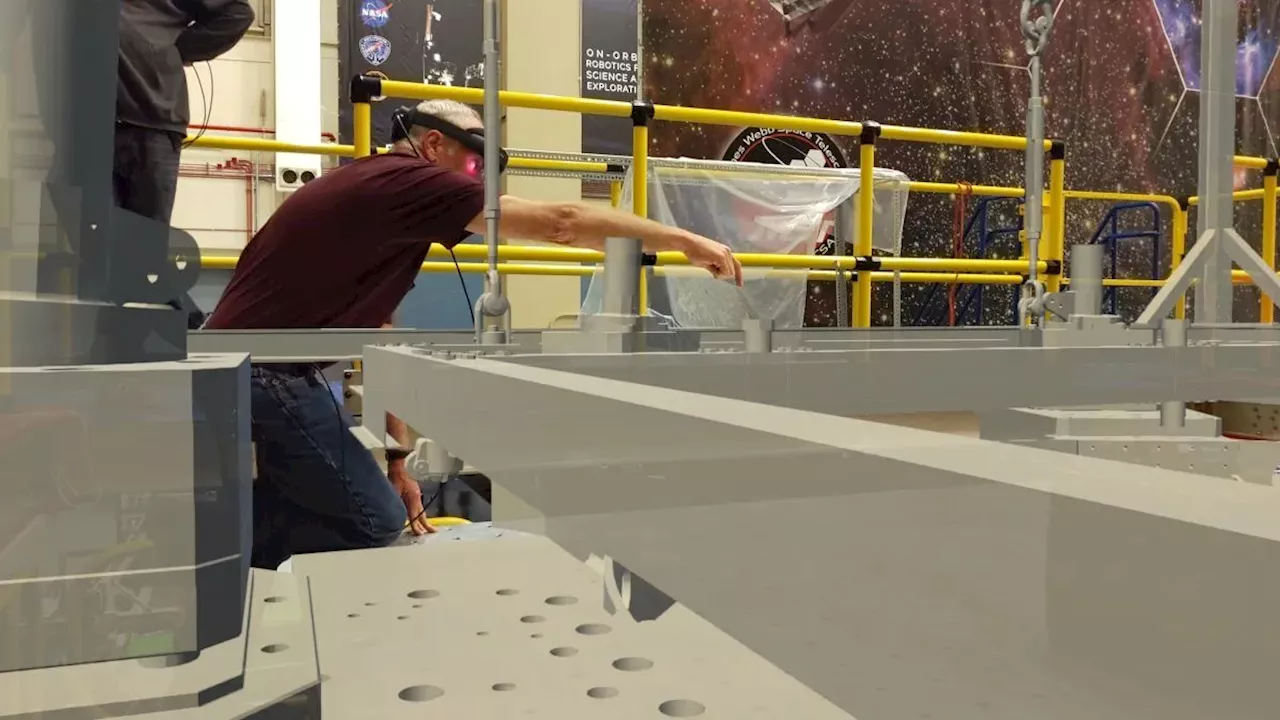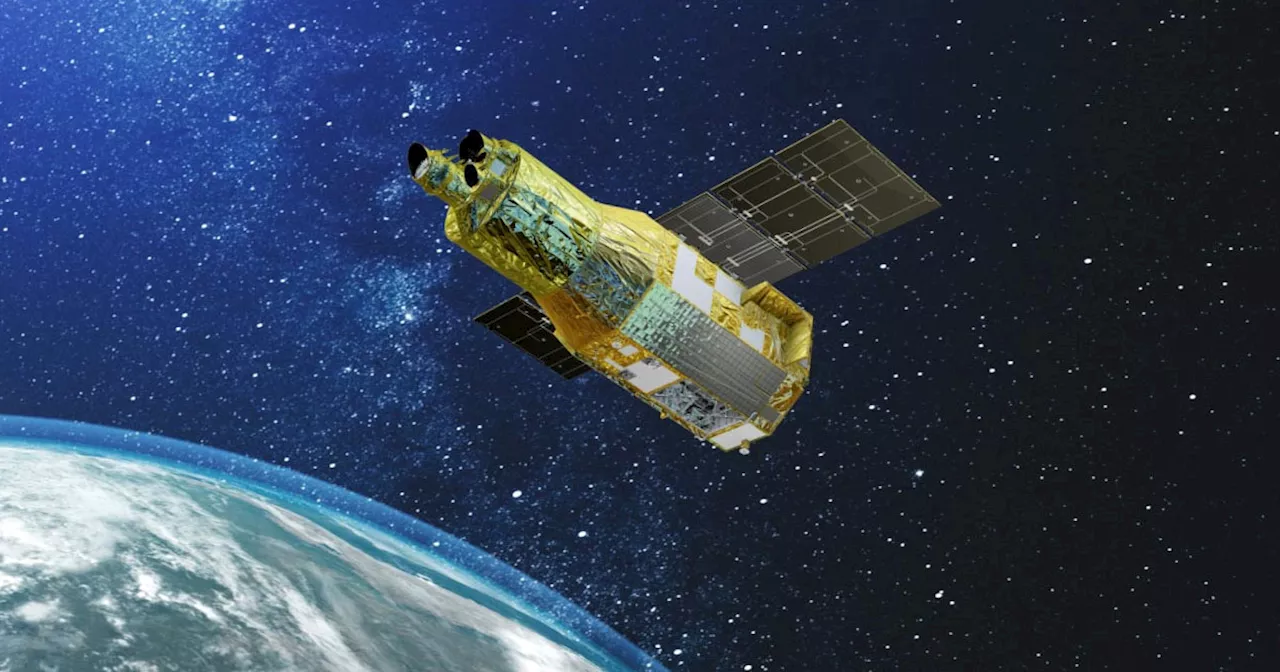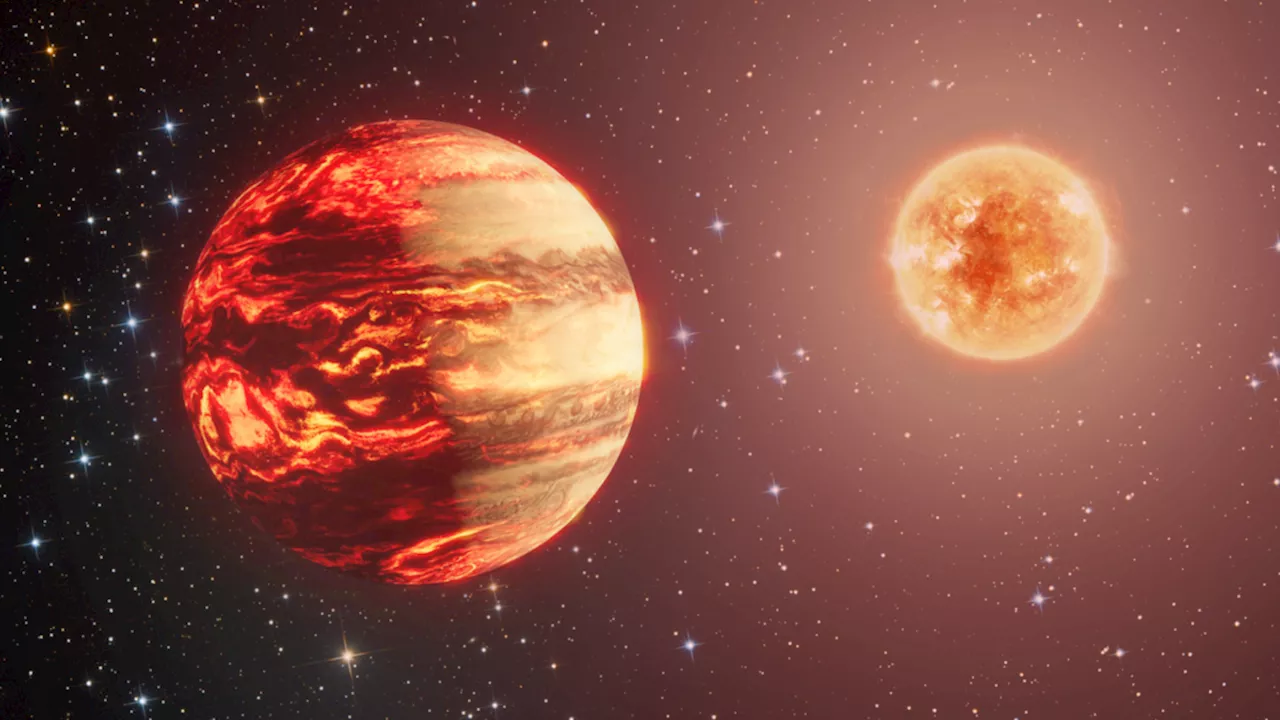Science, Space and Technology News 2024
This graphic highlights part of a new simulation of what NASA’s Nancy Grace Roman Space Telescope could see when it launches by May 2027. The background spans about 0.11 square degrees , representing less than half the area Roman will see in a single snapshot. The inset zooms in to a region 300 times smaller, showcasing a swath of brilliant synthetic galaxies at Roman’s full resolution.
The Roman Space Telescope is a NASA observatory designed to unravel the secrets of dark energy and dark matter, search for and image exoplanets, and explore many topics in infrared astrophysics. Credit: NASAMichael Troxel, an associate professor of physics at Duke University in Durham, North Carolina, led the simulation campaign as part of a broader project called OpenUniverse.
“OpenUniverse lets us calibrate our expectations of what we can discover with these telescopes,” said Jim Chiang, a staff scientist at DOE’s SLAC National Accelerator Laboratory in Menlo Park, California, who helped create the simulations. “It gives us a chance to exercise our processing pipelines, better understand our analysis codes, and accurately interpret the results so we can prepare to use the real data right away once it starts coming in.
“Few people in the world are skilled enough to run these simulations,” said Alina Kiessling, a research scientist at NASA’s Jet Propulsion Laboratory in Southern California and the principal investigator of OpenUniverse. “This massive undertaking was only possible thanks to the collaboration between the DOE, Argonne, SLAC, and NASA, which pulled all the right resources and experts together.”“We’ll use the observations to make our simulations even more accurate,” Kiessling said.
Overlapping them lets scientists learn how to use the best aspects of each telescope – Rubin’s broader view and Roman’s sharper, deeper vision. The combination will yield better constraints than researchers could glean from either observatory alone. “We made phenomenal strides in simplifying these pipelines and making them usable,” Kiessling said. A partnership with Caltech/IPAC’s IRSA makes simulated data accessible now so when researchers access real data in the future, they’ll already be accustomed to the tools. “Now we want people to start working with the simulations to see what improvements we can make and prepare to use the future data as effectively as possible.
United Kingdom Latest News, United Kingdom Headlines
Similar News:You can also read news stories similar to this one that we have collected from other news sources.
 From the Dawn of Time: Hunting for Primordial Black Holes With NASA’s Roman Space TelescopeScience, Space and Technology News 2024
From the Dawn of Time: Hunting for Primordial Black Holes With NASA’s Roman Space TelescopeScience, Space and Technology News 2024
Read more »
 NASA dips into futuristic AR tech to build powerful Roman Space TelescopeA chemist turned science writer, Victoria Corless completed her Ph.D. in organic synthesis at the University of Toronto and, ever the cliché, realized lab work was not something she wanted to do for the rest of her days.
NASA dips into futuristic AR tech to build powerful Roman Space TelescopeA chemist turned science writer, Victoria Corless completed her Ph.D. in organic synthesis at the University of Toronto and, ever the cliché, realized lab work was not something she wanted to do for the rest of her days.
Read more »
 Scientists 'Absolutely Gutted' as Door Jammed on Expensive Space Telescope, Blocking Its View of SpaceScience and Technology News and Videos
Scientists 'Absolutely Gutted' as Door Jammed on Expensive Space Telescope, Blocking Its View of SpaceScience and Technology News and Videos
Read more »
 Echoes of Creation: The Roman Telescope’s Quest for Primordial Black HolesScience, Space and Technology News 2024
Echoes of Creation: The Roman Telescope’s Quest for Primordial Black HolesScience, Space and Technology News 2024
Read more »
 Extremely Large Telescope: World’s Largest Telescope Mirror Will Bring the Stars Closer to EarthScience, Space and Technology News 2024
Extremely Large Telescope: World’s Largest Telescope Mirror Will Bring the Stars Closer to EarthScience, Space and Technology News 2024
Read more »
 Gaia space telescope helps astronomers image hidden objects around bright starsRobert Lea is a science journalist in the U.K. whose articles have been published in Physics World, New Scientist, Astronomy Magazine, All About Space, Newsweek and ZME Science. He also writes about science communication for Elsevier and the European Journal of Physics. Rob holds a bachelor of science degree in physics and astronomy from the U.K.
Gaia space telescope helps astronomers image hidden objects around bright starsRobert Lea is a science journalist in the U.K. whose articles have been published in Physics World, New Scientist, Astronomy Magazine, All About Space, Newsweek and ZME Science. He also writes about science communication for Elsevier and the European Journal of Physics. Rob holds a bachelor of science degree in physics and astronomy from the U.K.
Read more »
